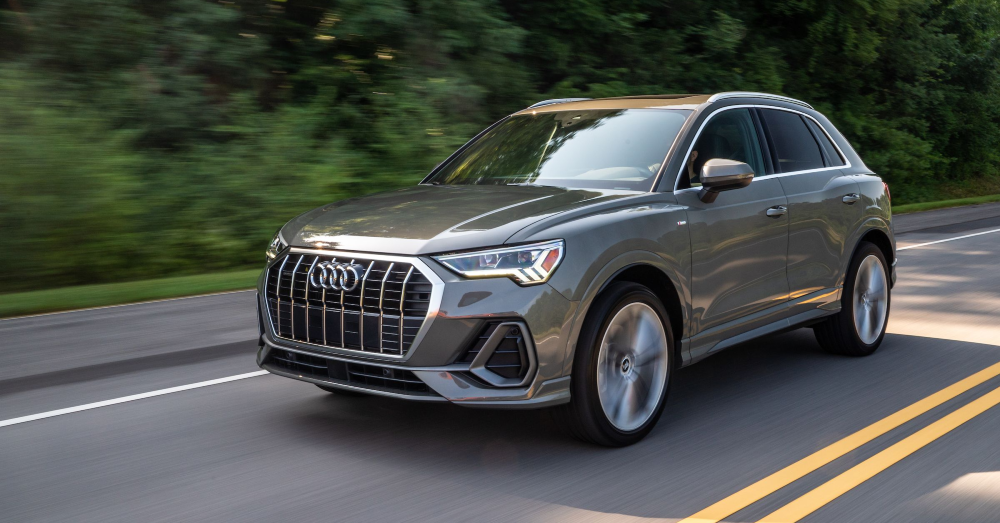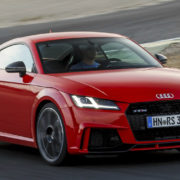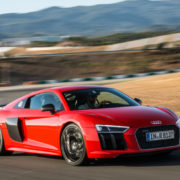While automakers are scrambling to figure out which one of them will be the first to have an autonomous vehicle on the market for the future of driving, some items that are needed to become fully automated are being considered. For some the need is to have the vehicles communicate with the infrastructure in place in the city where they drive and that has been part of the autonomous driving that’s been lagging behind. This type of communication has been given many names, but right now it’s being called the vehicle-to-infrastructure (V2I) technology.
How is V2I going to work? The vision of the future is a time when the vehicle can drive itself, but it will need to have all the information possible to make this happen. This means the timing of traffic lights, traffic patterns, road hazards and much more. Making this happen will be a lengthy process, but one city is already on board and has become the first city in the US to offer the support that V2I will need to have a jumping off point. That city is Las Vegas and they are leading the way through a partnership with Audi.
Currently three Audi models that were built after June 1st of this year feature the connectivity needed for this new Traffic Light Information (TLI) system. These three models are the Q7, the A4 and the A4 allroad. Right now this system has limitation, but the fact that a vehicle can communicate with the infrastructure of a city has a large number of possibilities for the future of driving. As the TLI system communicates through the V2I system you’ll eventually be able to figure out better routes that will make your drive much shorter, and the future of this system holds even more in place.
Right now the TLI communication with the vehicle only allows you to know how long it will be until the light turns green when you pull up to a red light at an intersection. This system will eventually be able to help you determine the best route to where you need to go by timing all the green lights to let you know what the best and fastest routes to your destination will be. This will also help you determine the speed you need to go in order to hit all the lights while they are green and not after they turn red.
Right now this TLI and V2I system are nothing more than a really cool parlor trick, but it does show a huge amount of potential for the planning of routes and the ability to communicate with the surrounding infrastructure. This is certainly a step in the direction of being able to have autonomous vehicles in the future and have a system where vehicles communicate with each other and the infrastructure does as well. Eventually, we won’t have to drive our cars during our daily commute to and from work.





